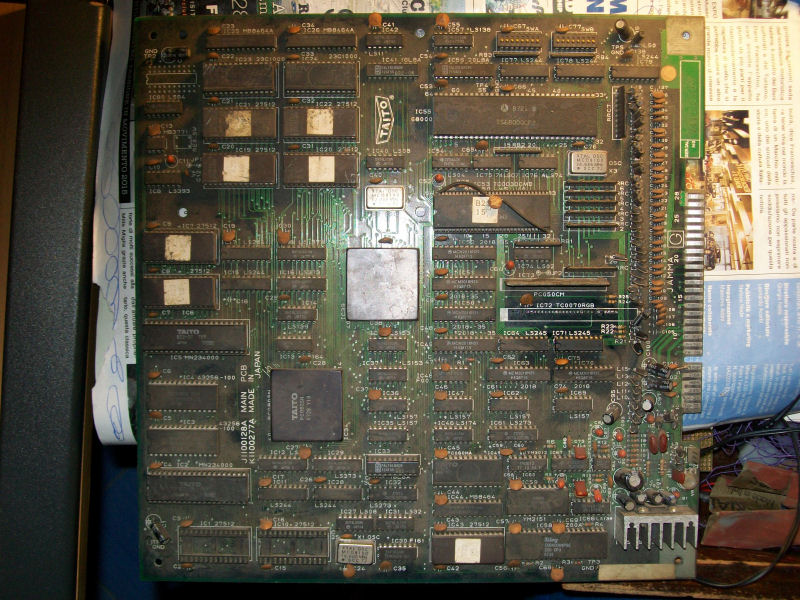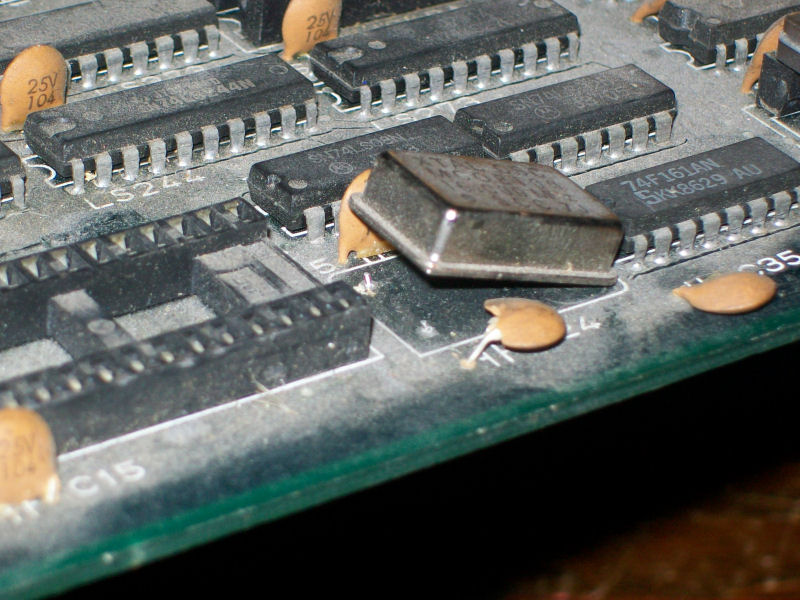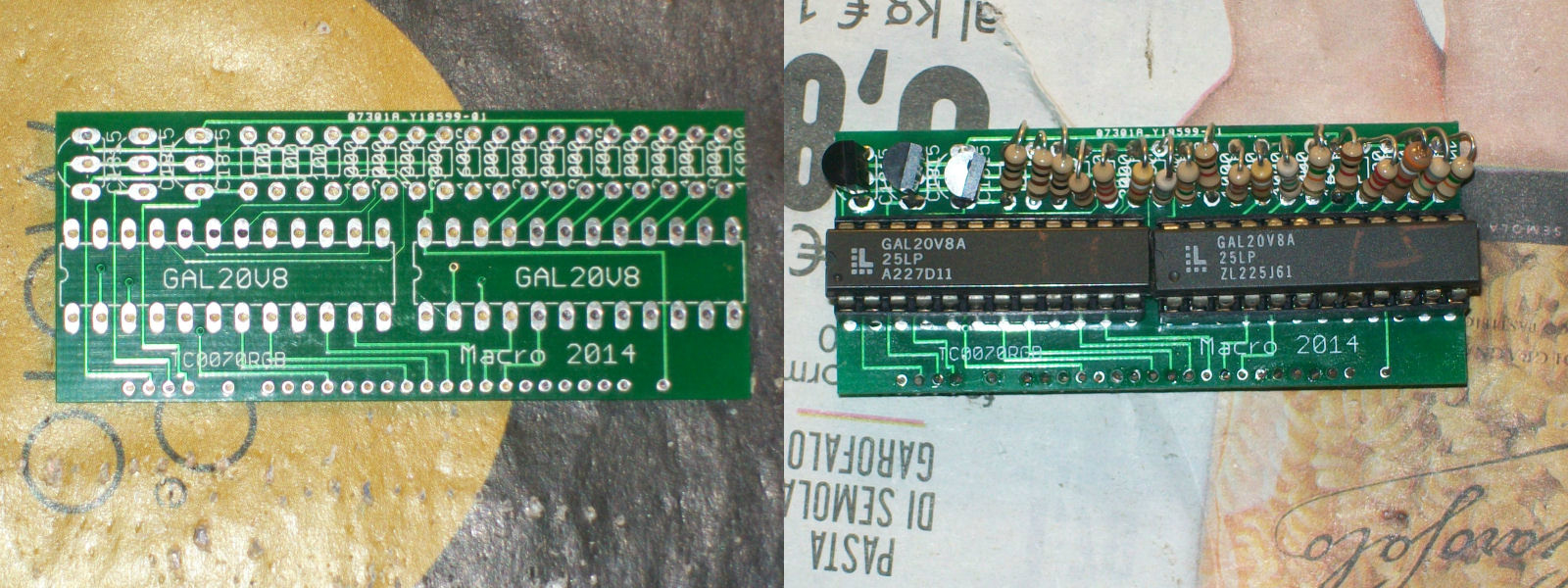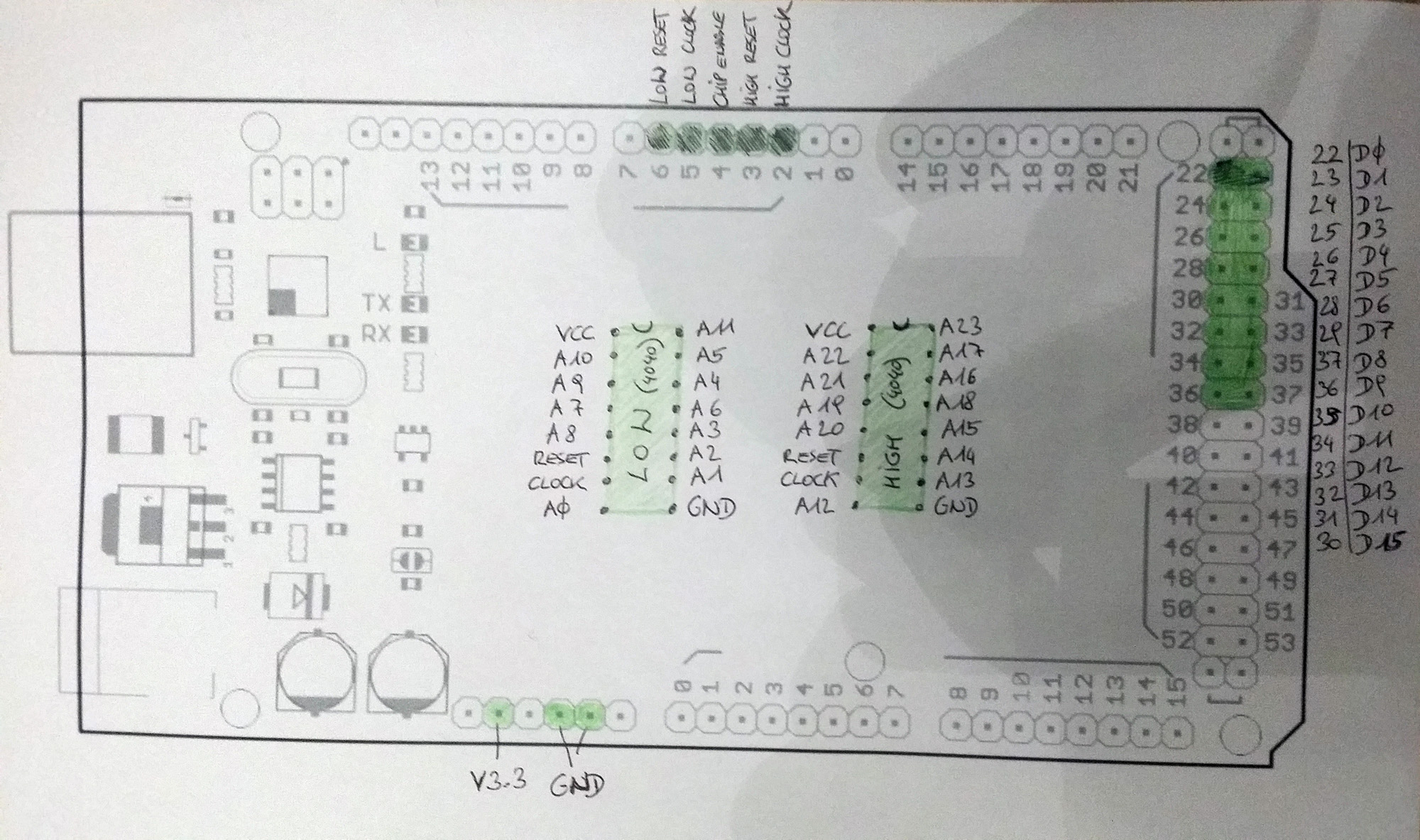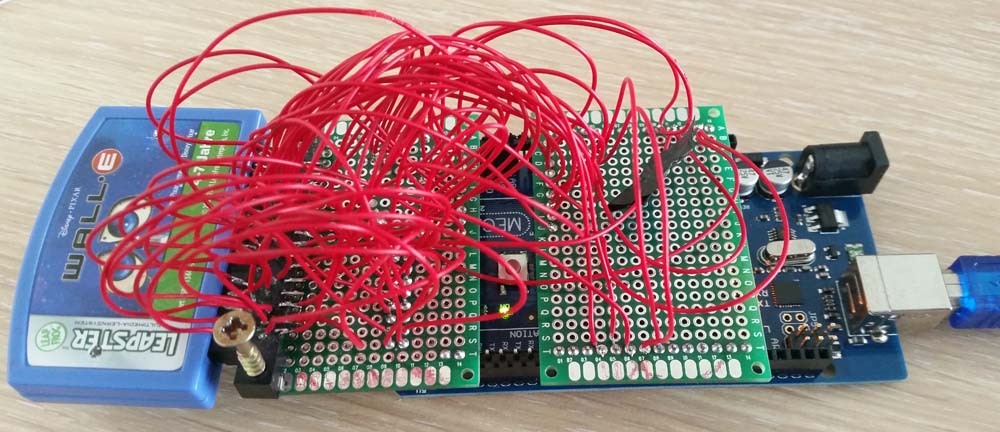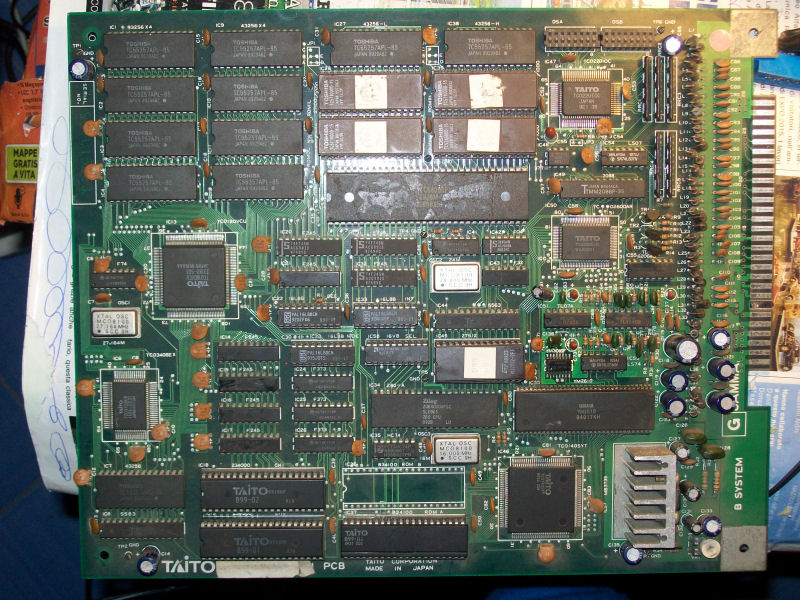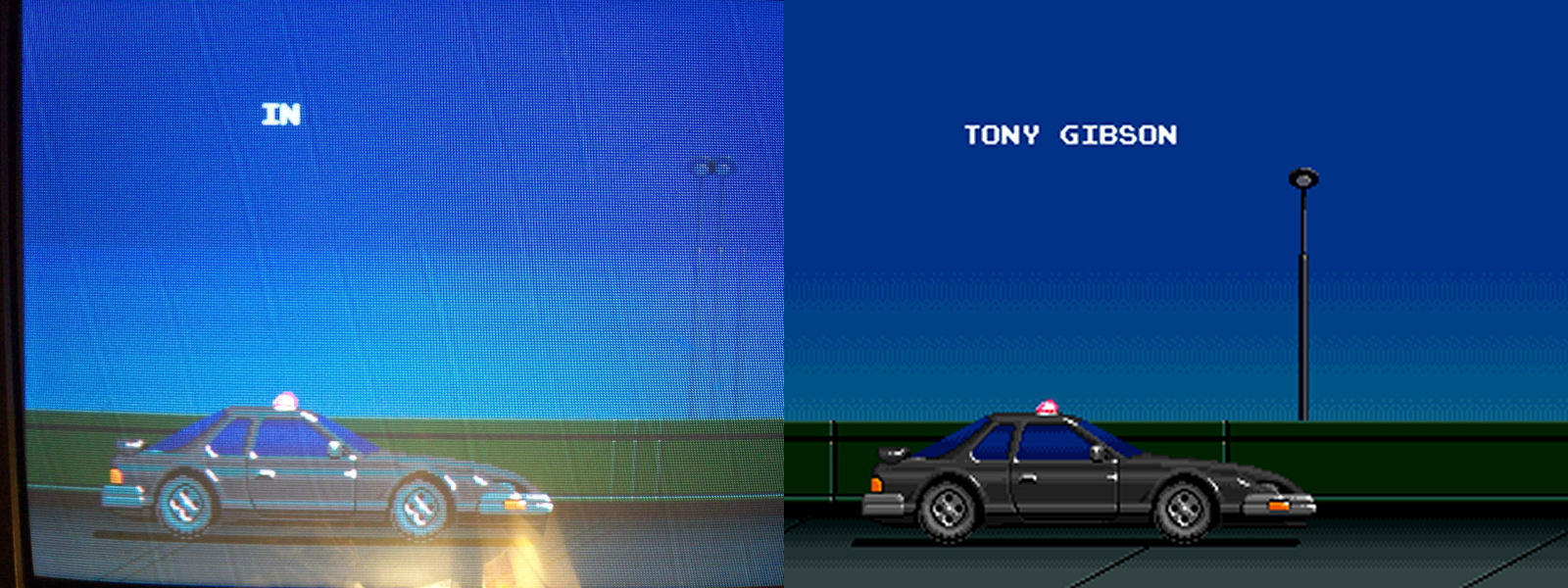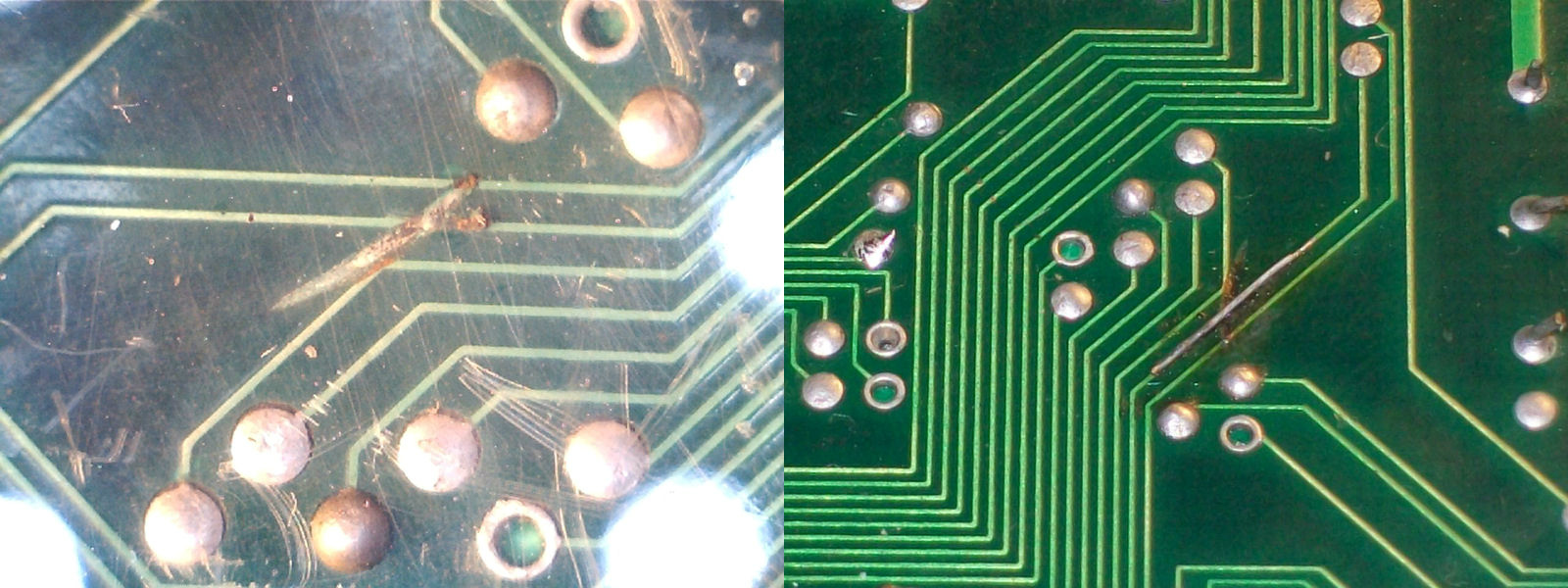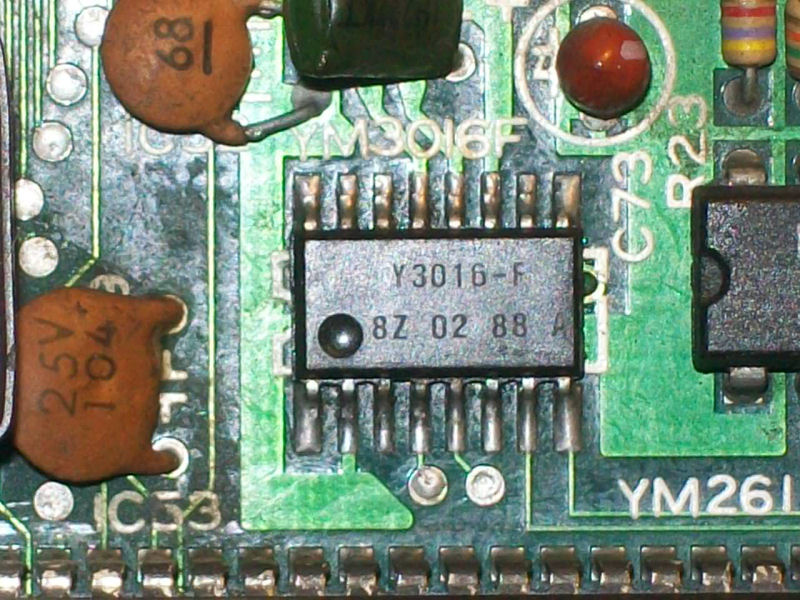Another TAITO PCB on the bench.This time we have a Rainbow Islands one:
The first thing I noticed was (dust apart..) the lack of the TC0070RGB module.For the uninitiated this custom in SIL package is a DAC so it converts digital RGB output of the PCB into analog signals.I borrowed this custom from my Bonze Adventure PCB and installed the needed sockets as always.Once powered on the board, I was greeted by a solid black screen so I started investigating.Probing the main 68000 CPU I found there was no clock at all.Main clock is generated by a 16MHz oscillator @X1 and then divided by a near 74LS161 counter.I visually inspected this part of circuit and found this:
Replaced the oscillator gave me a fully working board but then it was time to find a proper replacement for the borrowed TC0070RGB.I knew this custom was reverse-engineered by Macro (thanks to him) some time ago:
https://www.arcades.plus.com/Taito-RGB.html
https://www.arcades.plus.com/Taito-RGB-Instructions.html
So I order a couple of bare PCBs and assembled one:
I can say it works like the original part, no differences at all, I higly recommnend this replacement.

